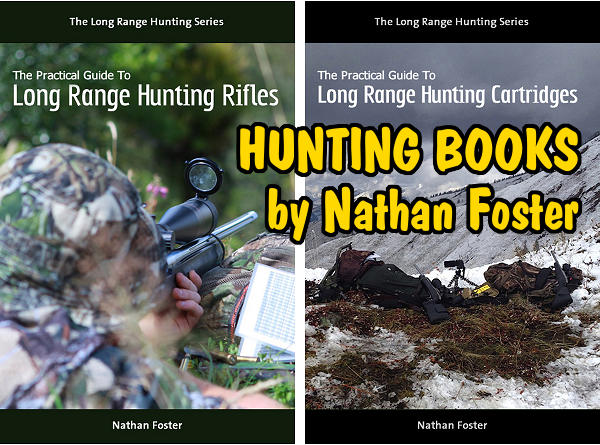How Hammer-Forged Barrels Are Made — Process Explained
Gun-maker Bear Creek Arsenal has a good article on its website about rifling barrels. The article explains four common methods of rifling the interior of barrels: Cut Rifling, Broach Rifling, Button Rifling, and Hammer Forging. In addition, the article describes a new (and somewhat radical) method, Cation Rifling, which employs acid to etch rifling. READ Full Article.
The main focus of the article is on Cold Hammer Forging of barrels. This requires massive, expensive tooling, but the results can be very consistent. Many top gun-makers, such as FN, HK, and Ruger, have used the hammer forging process. And now Bear Creek Arsenal also offers hammer-forged barrels. Bear Creek recently acquired two state-of-the-art cold hammer forging machines. With hammer forging, a chamber can be formed and barrel contour shaped at the same time. This process produces some of the most consistent barrels available today. Here is a summary of how Cold Hammer Forging works:
Cold Hammer Forging — Machinery and Process
A cold hammer-forged barrel starts life… as a short and fat blank with a polished hole running through the center. A hardened mandrel of proper width (caliber) and rifling pattern — again reversed/inverted — is placed into the smooth bore. The pair go into a forging machine that compresses the steel against the mandrel, hammering it into final shape. The barely detectable external spiral patterns that remain on some barrels are imprints from those hammers at work. Some companies polish them out, however.
Cold hammer forging machinery is very expensive, representing a significant investment for companies. However, when the hammer forging process is done and the mandrel removed, the resulting barrel is the proper length and profile with rifling that is consistent and butter smooth. No lapping is required — a time and expense saver — although a stress-relief step often follows.
The process takes place at room temperature, despite the misleading “cold” terminology. There is a hot hammer forging process, but the equipment is even more expensive and the slight improvement in grain consistency hasn’t proven advantageous enough for a return on that investment. Performance is impressive and consistent.
One of the biggest advantages of a cold hammer forged barrel is longevity. They… survive abuse and last longer. The manufacturing process adds those enviable virtues with each strike of those hammers — strengthening the metal in a work-hardening process employed by blacksmiths for centuries.
Comparing Popular Rifling Methods
What rifling process should you choose? If long-distance is your passion and you home brew custom cartridges to print tiny groups in the next zip code, cut rifling is the optimum choice. Button rifling is a solid second choice, but not always the Holy Grail long-distance shooters dream about. Cold hammer forged barrels, however, last longer and [offer great performance for the price.]

















 For several years, I have received two types of email. The first question is which is the right rifle for me? The second question is which is the right cartridge? My first book dealt with the accurate rifle. This second book deals with long range hunting cartridge selection. I firmly believe that there has been a huge gap in education regarding optimal long range hunting cartridge performance. In many instances, both hunters and bullet manufacturers do not understand what’s required to achieve goals. Many times, the wrong tools are used for long range hunting. This book seeks to remedy these problems.
For several years, I have received two types of email. The first question is which is the right rifle for me? The second question is which is the right cartridge? My first book dealt with the accurate rifle. This second book deals with long range hunting cartridge selection. I firmly believe that there has been a huge gap in education regarding optimal long range hunting cartridge performance. In many instances, both hunters and bullet manufacturers do not understand what’s required to achieve goals. Many times, the wrong tools are used for long range hunting. This book seeks to remedy these problems. About the Author: New Zealander Nathan Foster lives and breathes what he teaches. An expert in the field of terminal ballistics, Nathan has taken over 7500 head of game, and has field-tested a vast number of cartridges and projectiles. Nathan’s first book,
About the Author: New Zealander Nathan Foster lives and breathes what he teaches. An expert in the field of terminal ballistics, Nathan has taken over 7500 head of game, and has field-tested a vast number of cartridges and projectiles. Nathan’s first book, 




